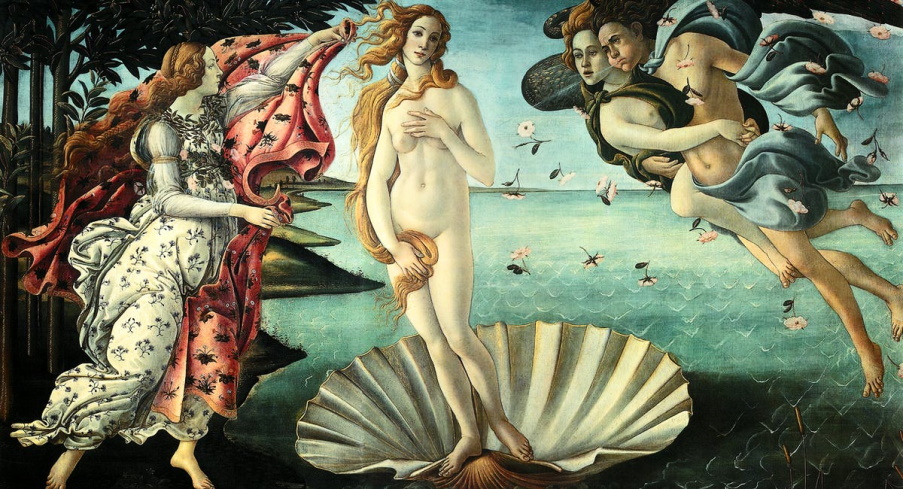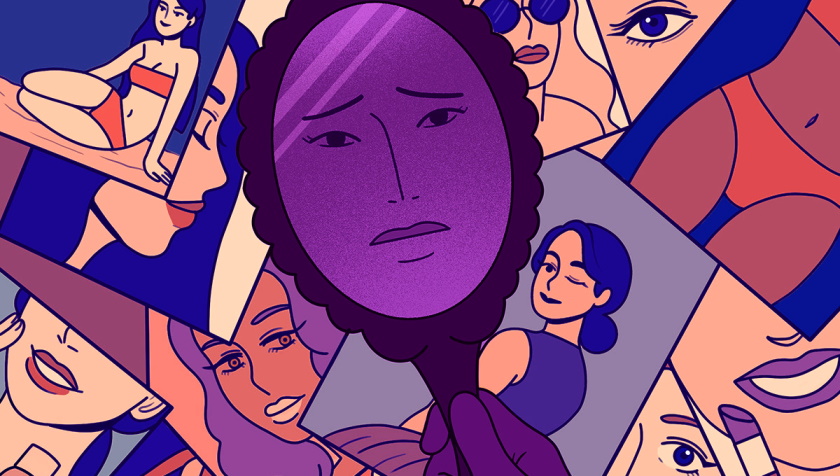Art is an incredible medium for expressing societal ideas, values, and trends. Art reflects the time in which it was created. The same can be said about beauty ideals in art throughout history. Beauty has changed over time due to society’s influence on the subject of paintings created by artists who are members of a specific culture or society during a certain period. This blog post will explore how women’s beauty ideals have evolved throughout art history, starting with Ancient Egypt until modern-day America, using examples from various types of artwork, including sculptures, paintings, drawings, etc., but not limited to only these examples.
What does the female body represent in art?
 Women have different ideas about what they want to look like in the beauty industry. The changing ideals of female beauty from past centuries can be seen through art and literature. In the 18th century, a woman’s body was viewed as a canvas for fine artists to create works of art on. In contrast, in today’s society, where celebrities are idolized and put on pedestals as idols, women strive to achieve perfection by going under the knife or having cosmetic surgery done to obtain their desired appearance.
Women have different ideas about what they want to look like in the beauty industry. The changing ideals of female beauty from past centuries can be seen through art and literature. In the 18th century, a woman’s body was viewed as a canvas for fine artists to create works of art on. In contrast, in today’s society, where celebrities are idolized and put on pedestals as idols, women strive to achieve perfection by going under the knife or having cosmetic surgery done to obtain their desired appearance.
Women’s beauty ideals have changed drastically throughout history. From the ideal of being pale with a tiny waist to having tan skin with fuller thighs, female beauty standards have evolved in paintings and sculptures alike. We will explore how women’s beauty ideals have developed over time, specifically through art pieces that are now considered iconic. For centuries, society has been obsessed with painting beautiful women on canvas or sculpting them out of marble. Still, there is always some discrepancy between what these artists envisioned as beautiful versus what society finds attractive today.
Beauty standards back then were based on men’s desires and preferences. In contrast, current-day standards focus more on the woman’s own personal experiences and views about her body image, which societal norms and media influence can influence.

What do the beauty ideals in art tell us?
Artists have been portraying the beauty of women since as early as 15,000 years ago. The earliest example was found in a cave painting from Chauvet-Pont d’Arc depicting two figures with features indicative of abstractions and exaggerations. Since then, depictions of womanly beauty have evolved considerably through different cultures worldwide, but there is one common thread: they all reflect society’s ideals and cultural norms at each given time. We will explore how women’s beauty standards have changed over time using artworks by famous artists through history to illustrate these changes.
When considering an art piece, many people think of the subject matter itself. In addition, they might consider the medium used or the time in which it was made. However, one of the most important components to consider is how women are portrayed within these works. It may not seem like a big deal, but throughout history, men have dominated mainly artistic media, and images of women were often idealized versions that didn’t always represent reality. This changed when feminists began to push for female representation in art through realism instead of fantasy. Today, there are still some differences between male and female beauty ideals depending on location, culture, etc.

